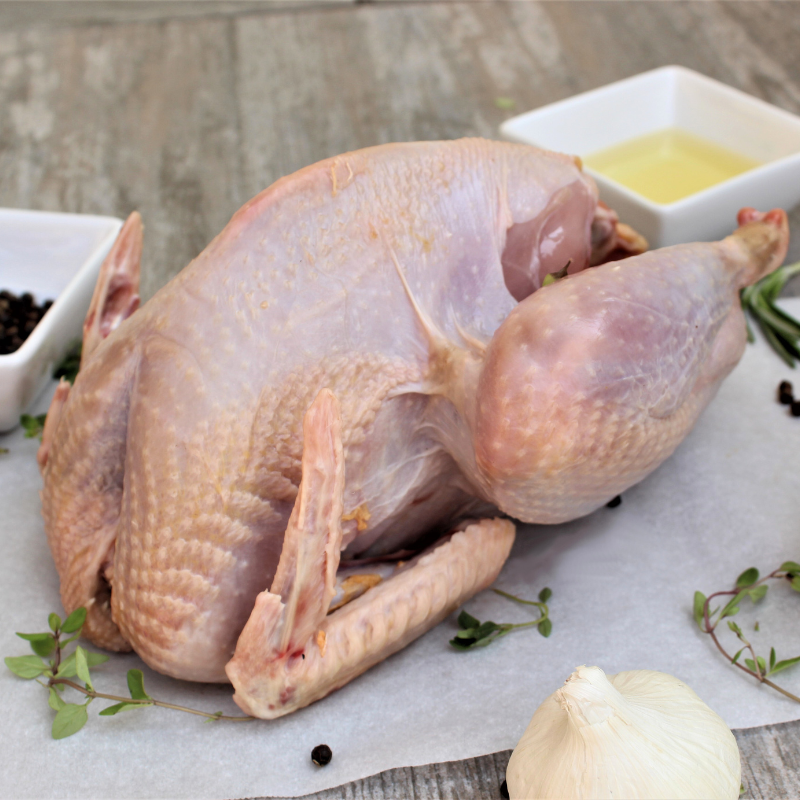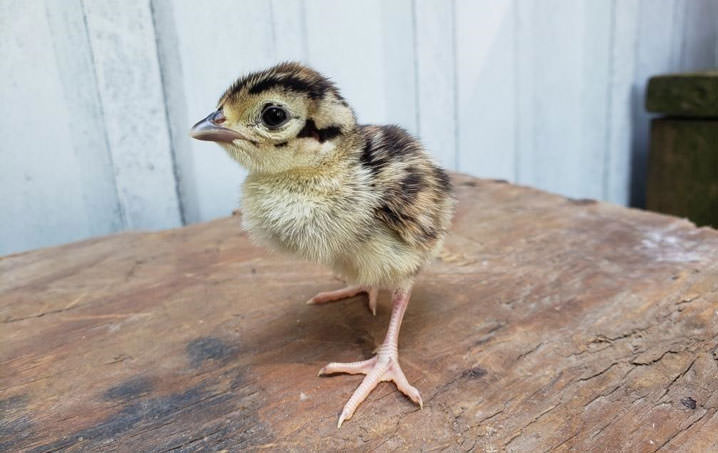We Have a Plan for High Ammonia Concentrations In Barns!
 It is a fact that high ammonia concentrations in barns are dangerous to animals and humans. We take the job of protecting our pheasants and our employees seriously at MacFarlane Pheasants, so we follow a consistent process to keep ammonia levels low. If you are keeping birds in your barns, the information we share will also benefit your birds and the humans who work with them.
It is a fact that high ammonia concentrations in barns are dangerous to animals and humans. We take the job of protecting our pheasants and our employees seriously at MacFarlane Pheasants, so we follow a consistent process to keep ammonia levels low. If you are keeping birds in your barns, the information we share will also benefit your birds and the humans who work with them.
Here is how ammonia concentrations build up in barns:
Nitrogen is a component of poultry diets via either protein or other sources. Some of this nitrogen can be used by the bird and is incorporated into tissues or eggs. Most of it is excreted in the urine or feces in the forms of uric acid (around 80%), ammonia (around 10%) and urea (around 5%). Once the uric acid and urea are excreted, they are converted into ammonia through microbial and enzymatic breakdown via the bacteria and enzymes found in manure. After this process, ammonia is readily released into the air as a gas that both birds and farmworkers can detect. It is worse during hot, humid weather. We are very careful to monitor ammonia levels and take precautions to prevent problems related to high ammonia concentrations. We want to keep our pheasants, and the humans who care for them in a safe environment.
 Detectable levels of ammonia:
Detectable levels of ammonia:
5ppm-lowest detectable level (by human smell detection)
11pm-reduced animal performance
35ppm-maximum exposure level allowed for 10 minutes
50ppm-severe reduction in performance and animal health; increased possibility of pneumonia
Preventing High Concentrations of ammonia:
Fans are constantly running to exhaust ammonia levels out of the barns. We also bring in fresh air whenever possible.
Drygiene is used to help dry the bedding.
All barn rooms are cleaned and disinfected after the growing chicks are moved from one room to another.
We give plenty of time for the room to dry out completely. The longer drying time allows the pores in the concrete floors to dry out well before fresh bedding is added.
Drygi ene is added to the floors before the fresh bedding.
Ammonia testers are used in the barns to test ammonia levels. If we can tell barns are getting damp, we immediately add Drygiene and turn up the fans.
We hope this information is helpful to our friends who raise chicks in barns during hot, humid weather. Trudy at t.deremer@pheasant.com would be glad to answer any questions you have about preventing the dangers of high ammonia levels.
Related Posts
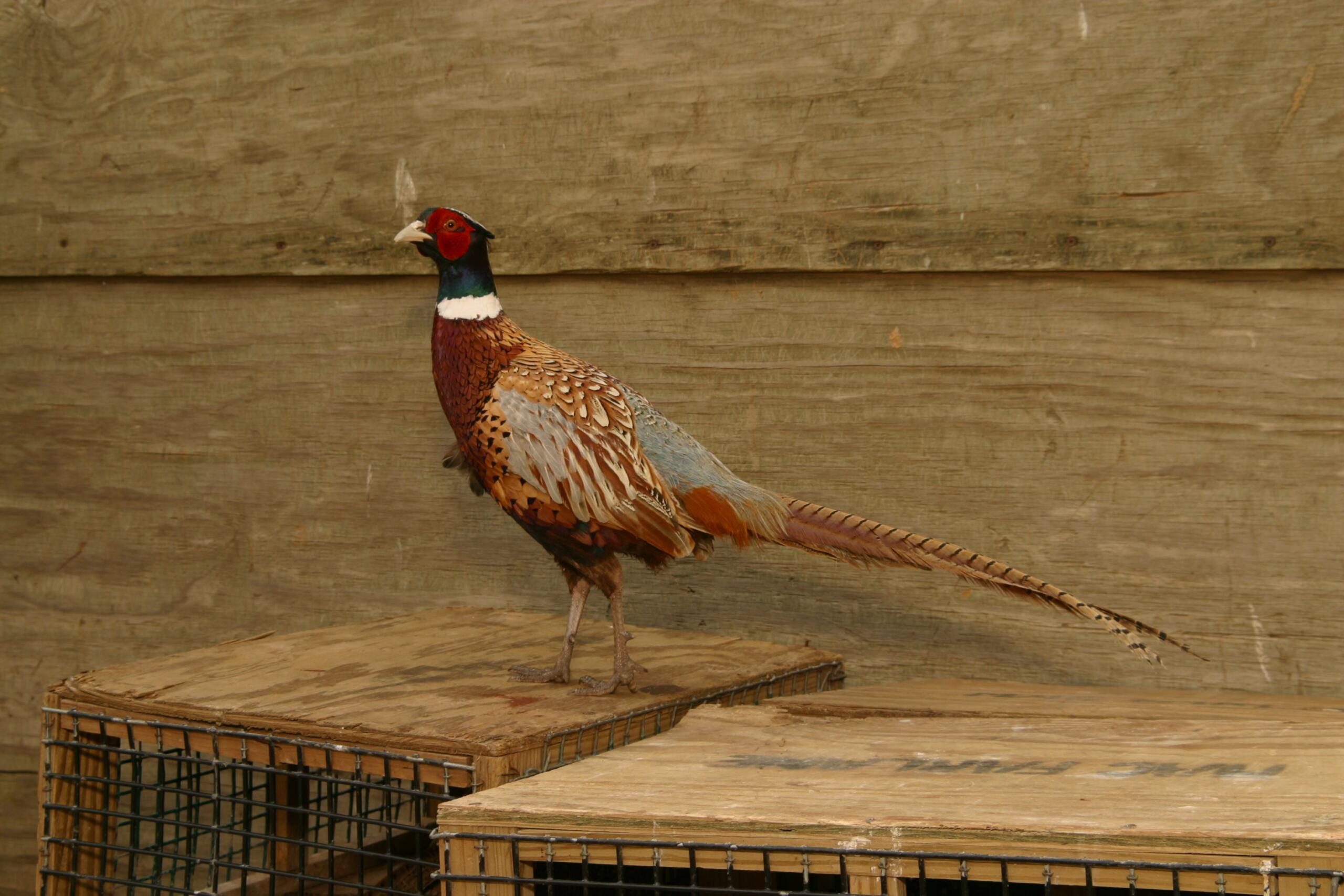
DuPont Financial Analysis Model
Read Post
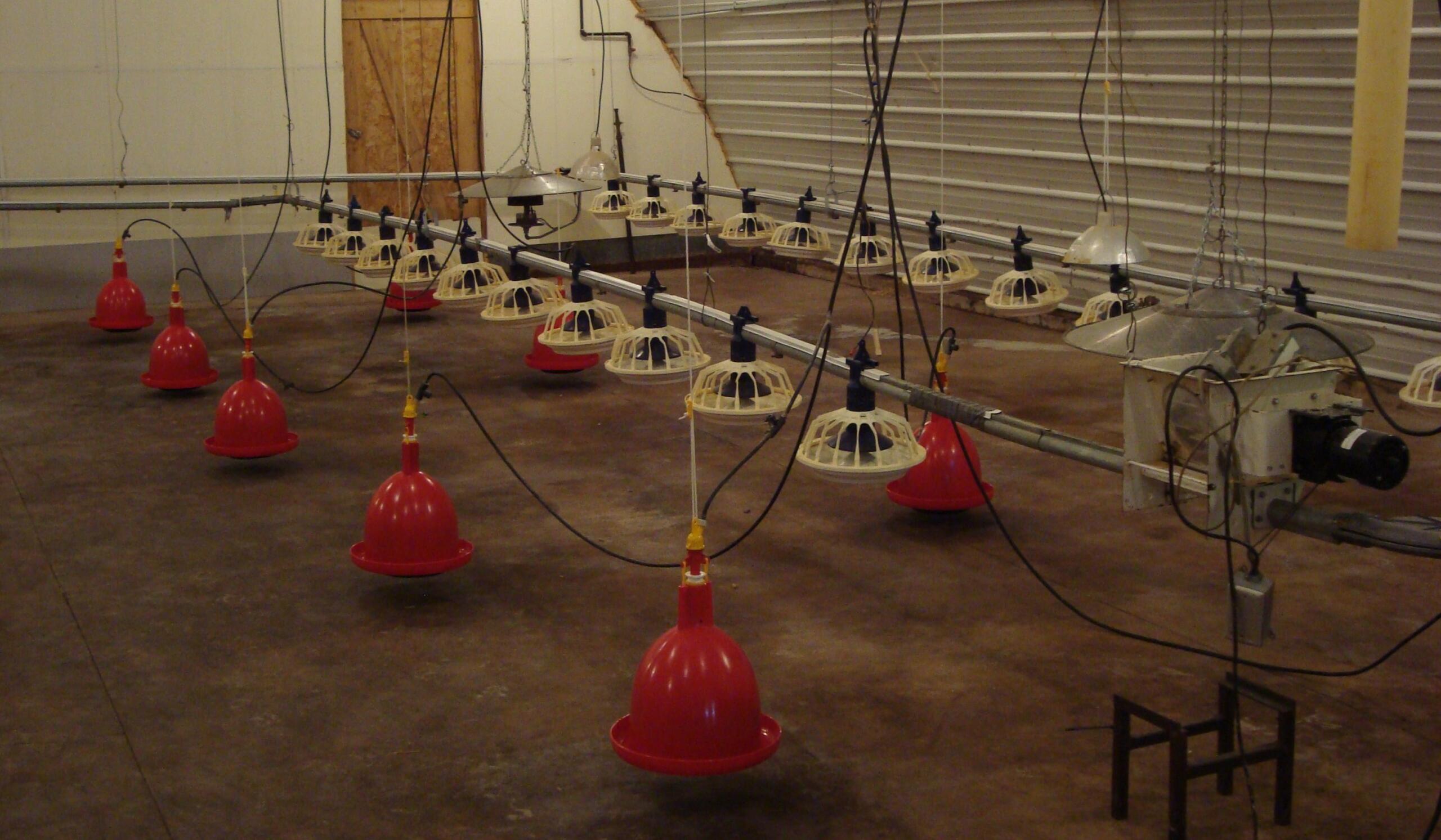
6 Feed and Water Procedures to Keep MacFarlane Pheasants Healthy
Read Post

Advice on what protein % feed to use for your pheasants.
Read Post

All Pheasant Feed Is Not Created Equal
Read Post

A Pheasant Farm’s Most Wanted List
Read Post

Bill MacFarlane Featured In Mother Earth News!
Read Post
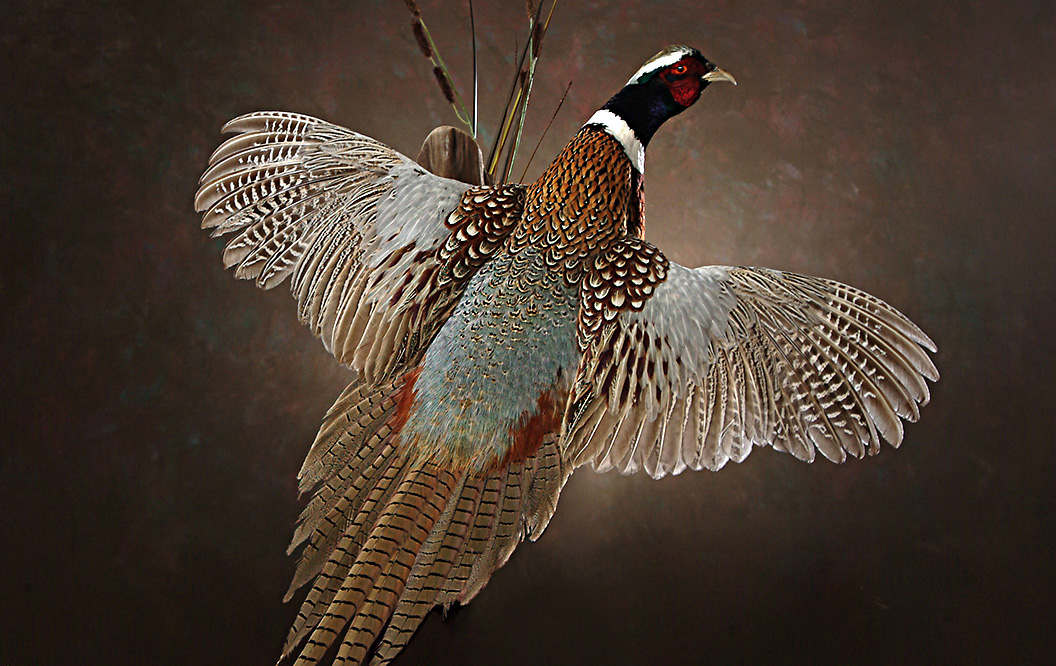
Birds For Mounting
Read Post
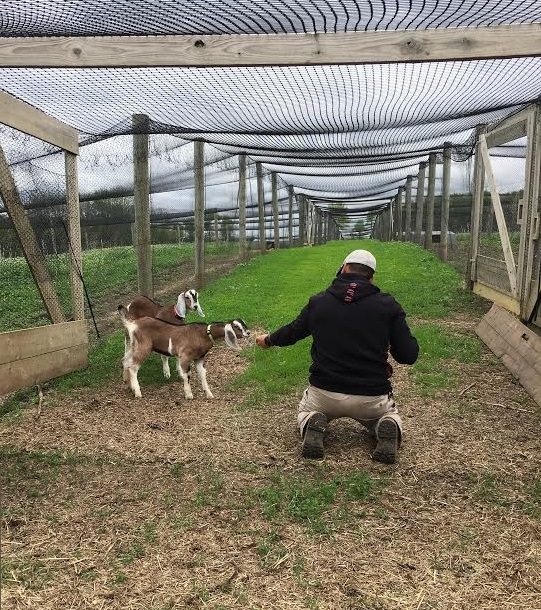
Can Goats Be Helpful on a Pheasant Farm?
Read Post
Take Advantage of These Free Resources
As the biggest game bird farm in the United States, we want to share our experience with you. Download our free resources below and get started.

